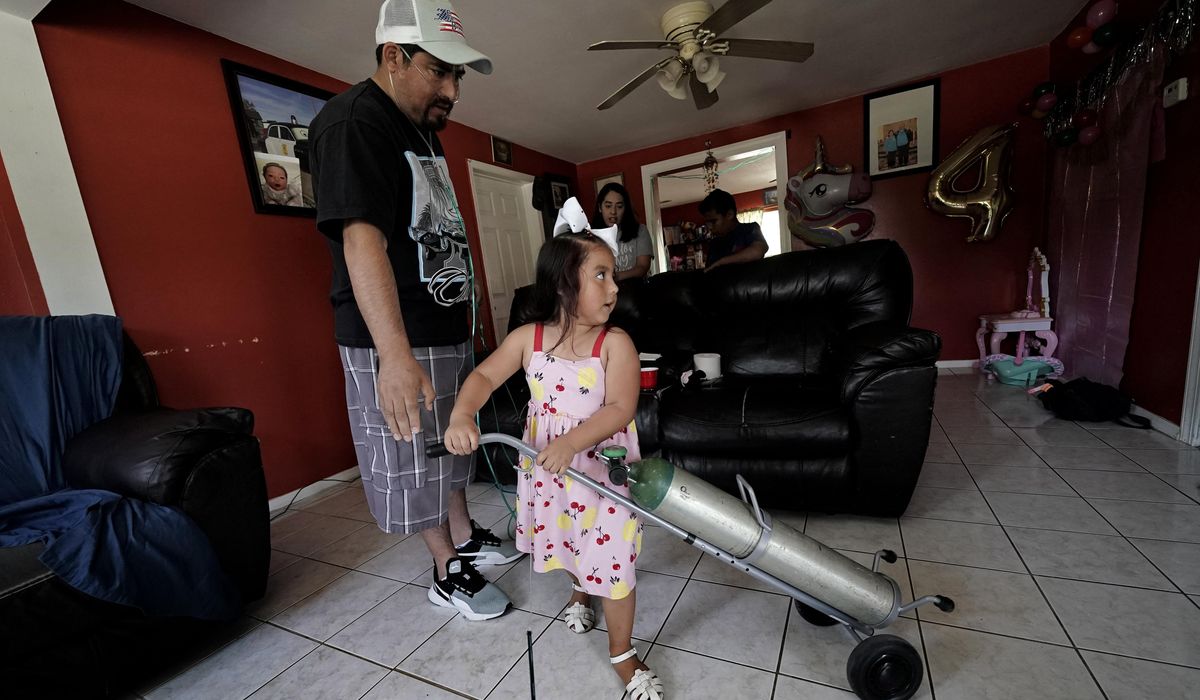CDC: 19 Million Americans Experiencing Long-Term Effects of COVID-19
September 26, 2023 | by Kaju

About 18 million U.S. adults and 1 million children have had long COVID, with middle-aged Hispanic women in rural areas being the most affected, according to new data from the Centers for Disease Control and Prevention (CDC).
The CDC reported that 6.9% of adults who responded to a national household survey last year, or about 18 million people, reported ever having long COVID. About 8.8 million, or 3.4%, said they currently have it.
Prevalence estimates were higher among women compared with men, adults ages 35-49 compared with other age groups, and adults living in more rural areas compared with those living in large central metropolitan areas.
In a separate report based on the same survey, the CDC found that 1.3% of children, about 1 million, said they had had long COVID. Roughly 800,000 children, or 0.5%, said they currently have it.
Long COVID, or post-COVID-19 condition, is defined as acute symptoms lasting three to five months after infection. Some patients have reported being unable to taste or smell food two years after testing positive for the virus. Other symptoms include shortness of breath, muscle weakness, lightheadedness, and psychological or behavioral problems.
Among racial and ethnic groups, Asian adults were the least likely and Hispanic adults were the most likely to have long COVID. Additionally, adults with higher family incomes were less likely to have it than those with lower incomes.
Women were nearly twice as likely as men to report having the condition. Among children, Hispanic girls were the most likely to report having it. Long COVID was most common among those aged 12-17.
Public health officials have struggled to treat long COVID over the past three years. An April 2022 Biden administration memo called for a “whole-of-government response” to address the growing number of Americans whose symptoms outlast the virus.
Dr. Rachel Levine, assistant secretary of health and human services, has warned that the problem could last for years, creating long-term health issues and economic burdens.
On Monday, a study published in the science journal Nature showed clear differences in the blood tests of people with long COVID, suggesting the affliction is a biological illness.
According to physicians who have treated it, long COVID remains a medical mystery without any clear diagnosis or treatment guidelines.
“Knowing long COVID can strike such a population is highly concerning, and attention should be focused on prevention and treatment, especially for those in rural areas where access to health care is challenging,” said Dr. Panagis Galiatsatos of the Johns Hopkins School of Medicine.
While it is reassuring that the condition is rare in children, the CDC figures confirm that “much scientific work remains”, said Dr. Amesh Adalja, an infectious disease specialist and senior scholar at the Johns Hopkins Center for Health Security.
For more information, visit The Washington Times COVID-19 resource page.
RELATED POSTS
View all


